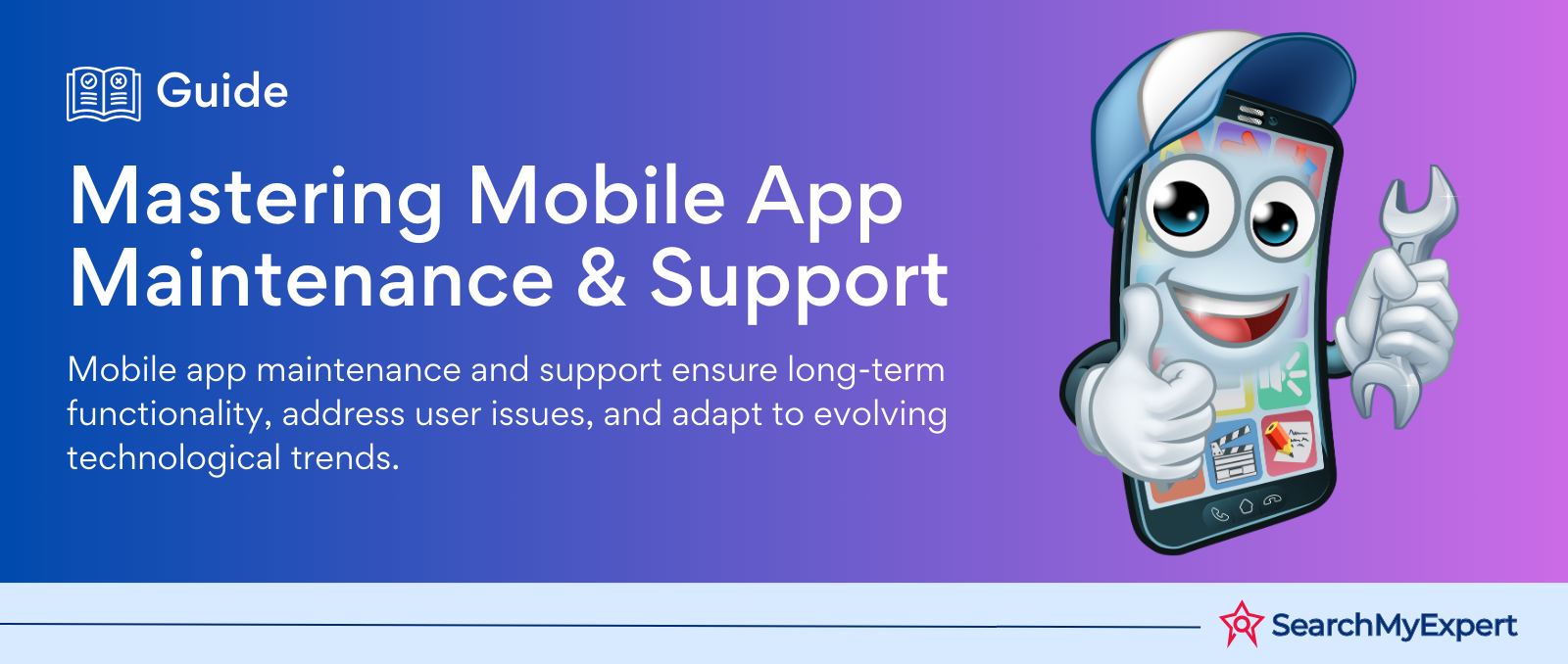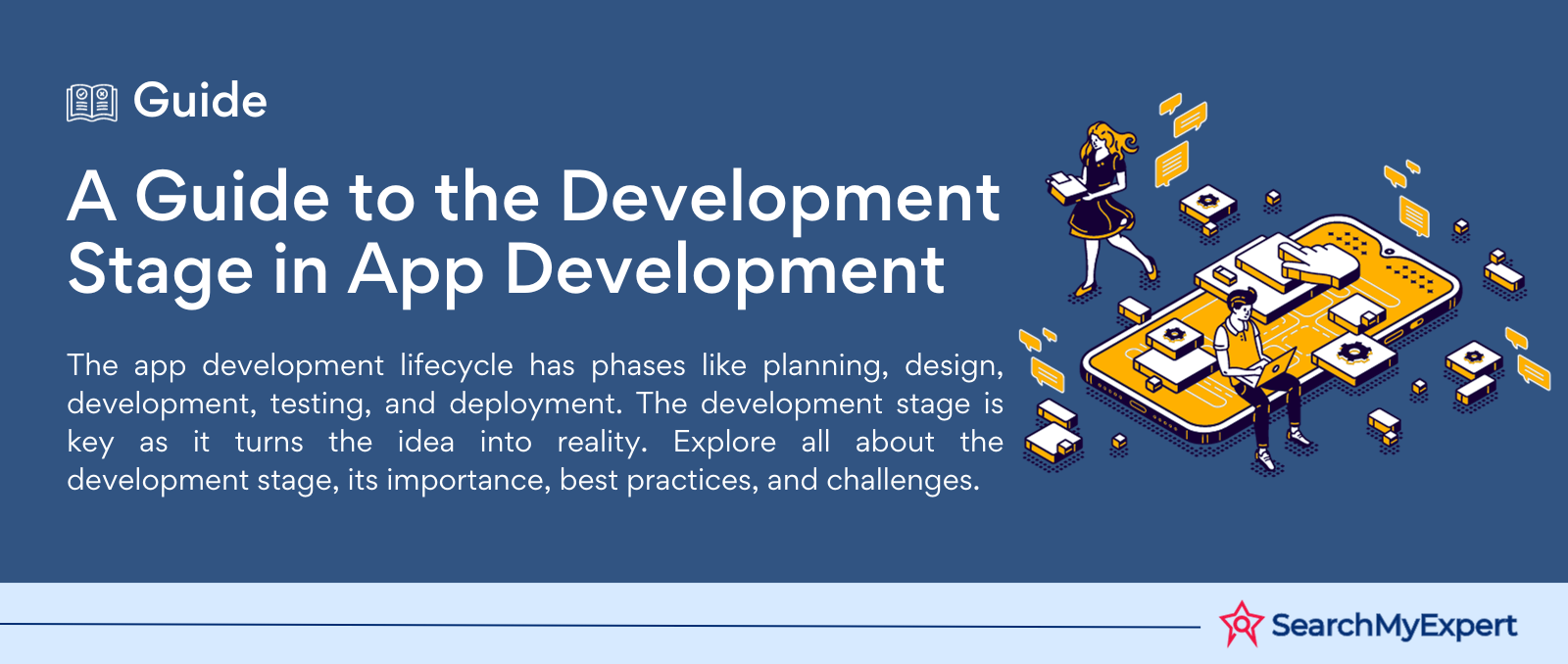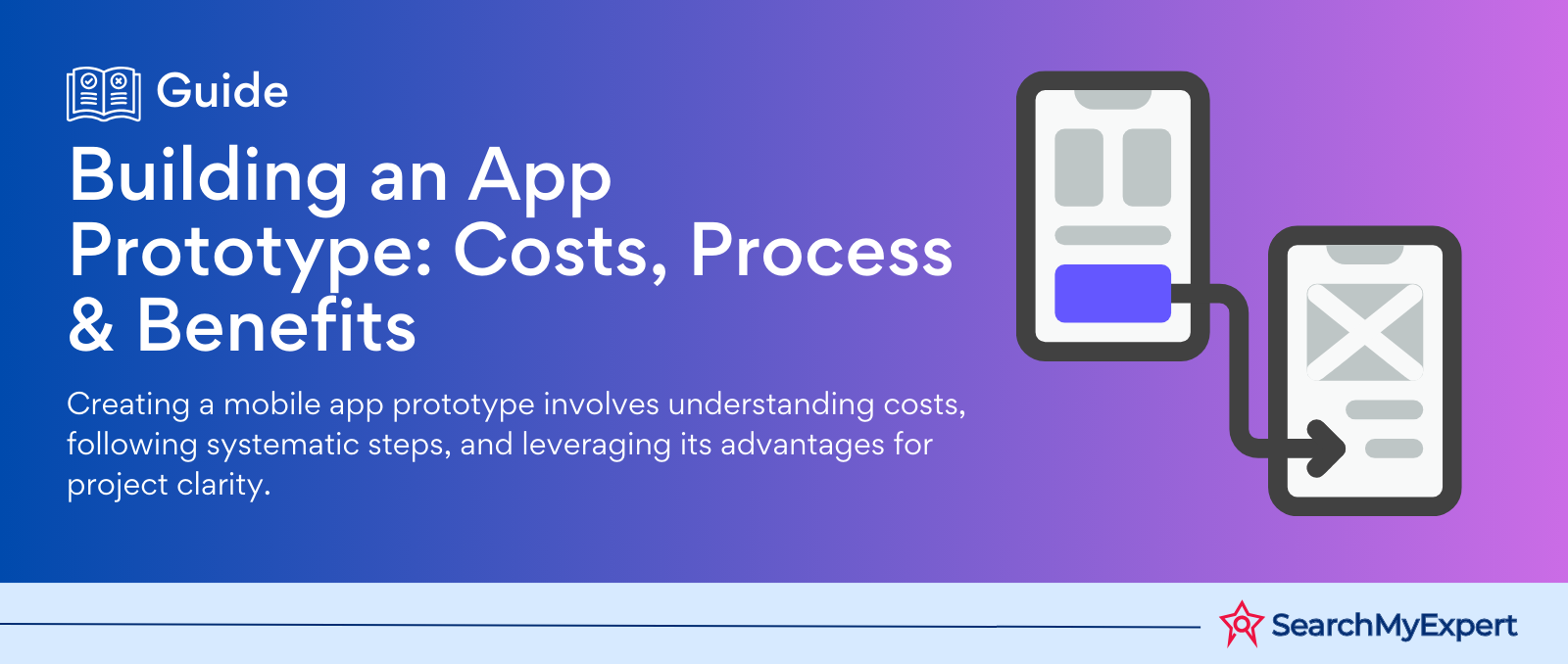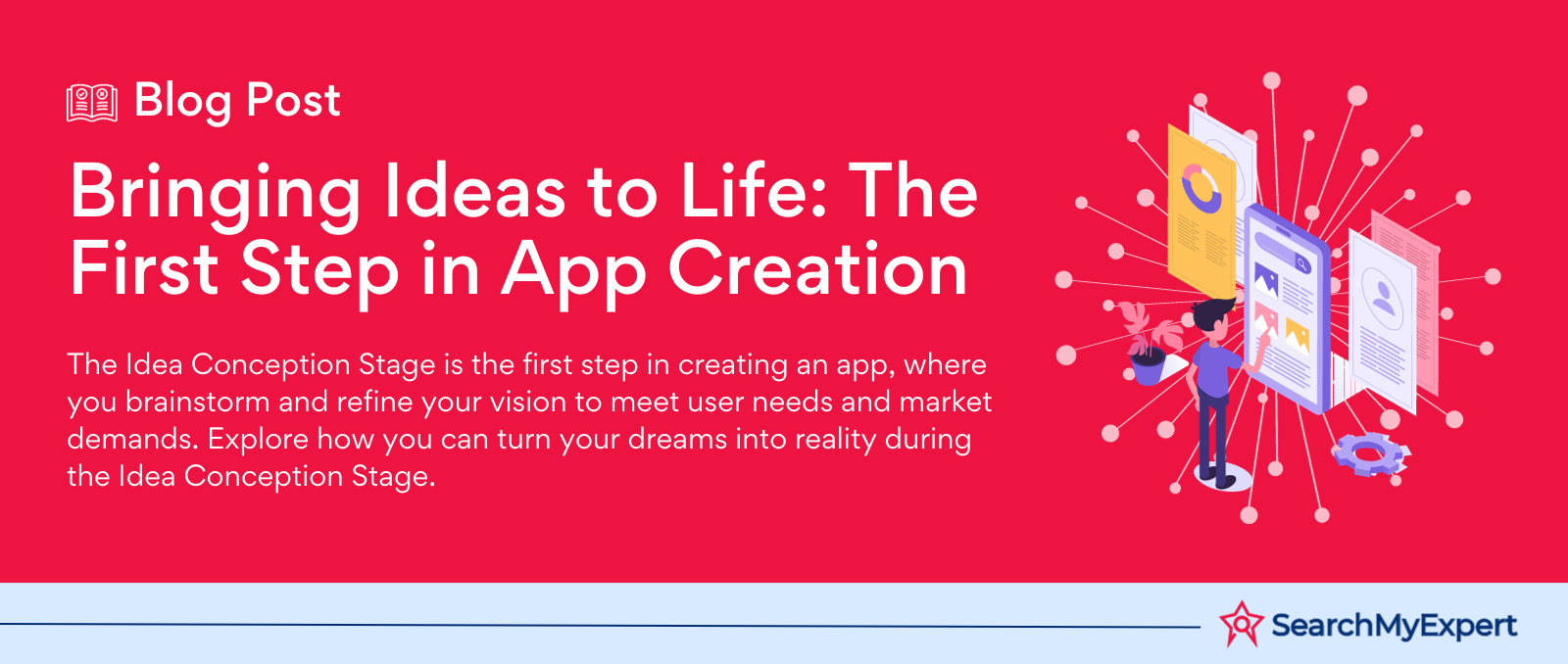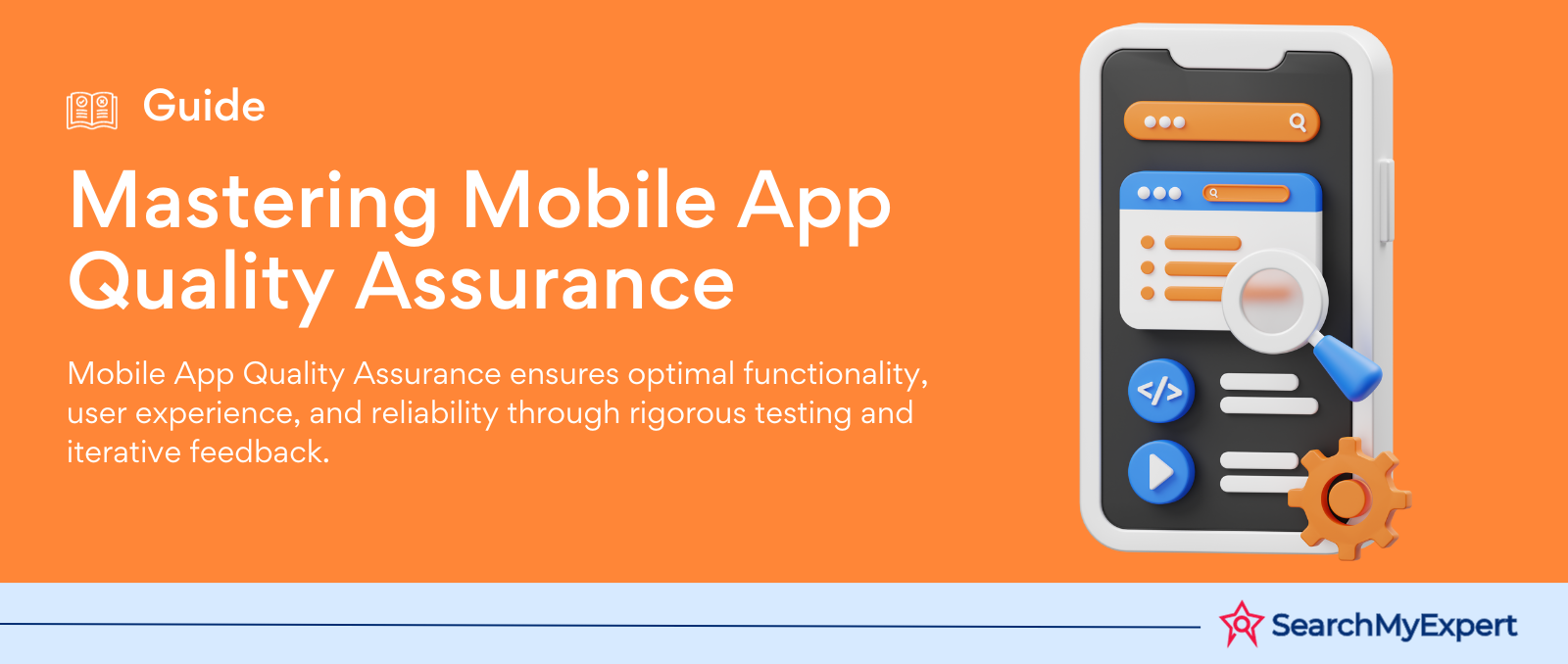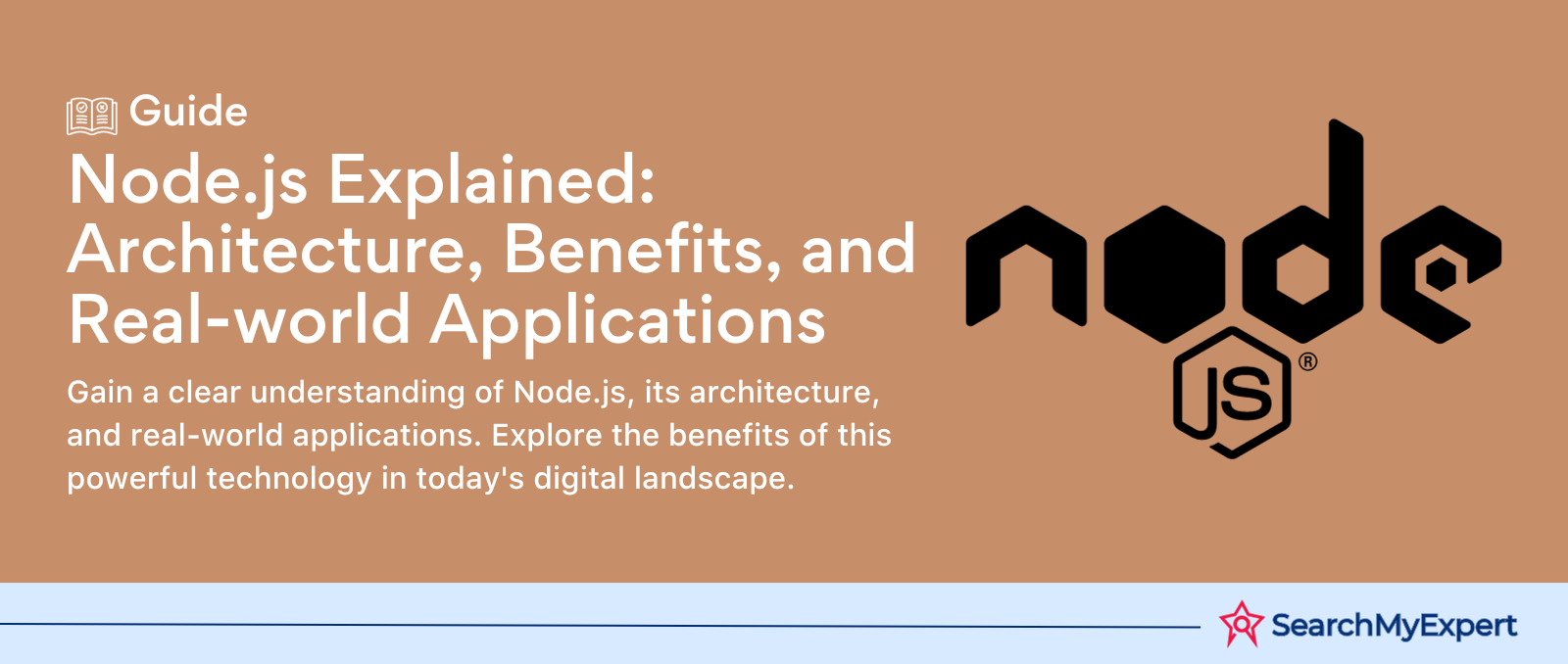Increasing Web Development: Examining Important Python Libraries
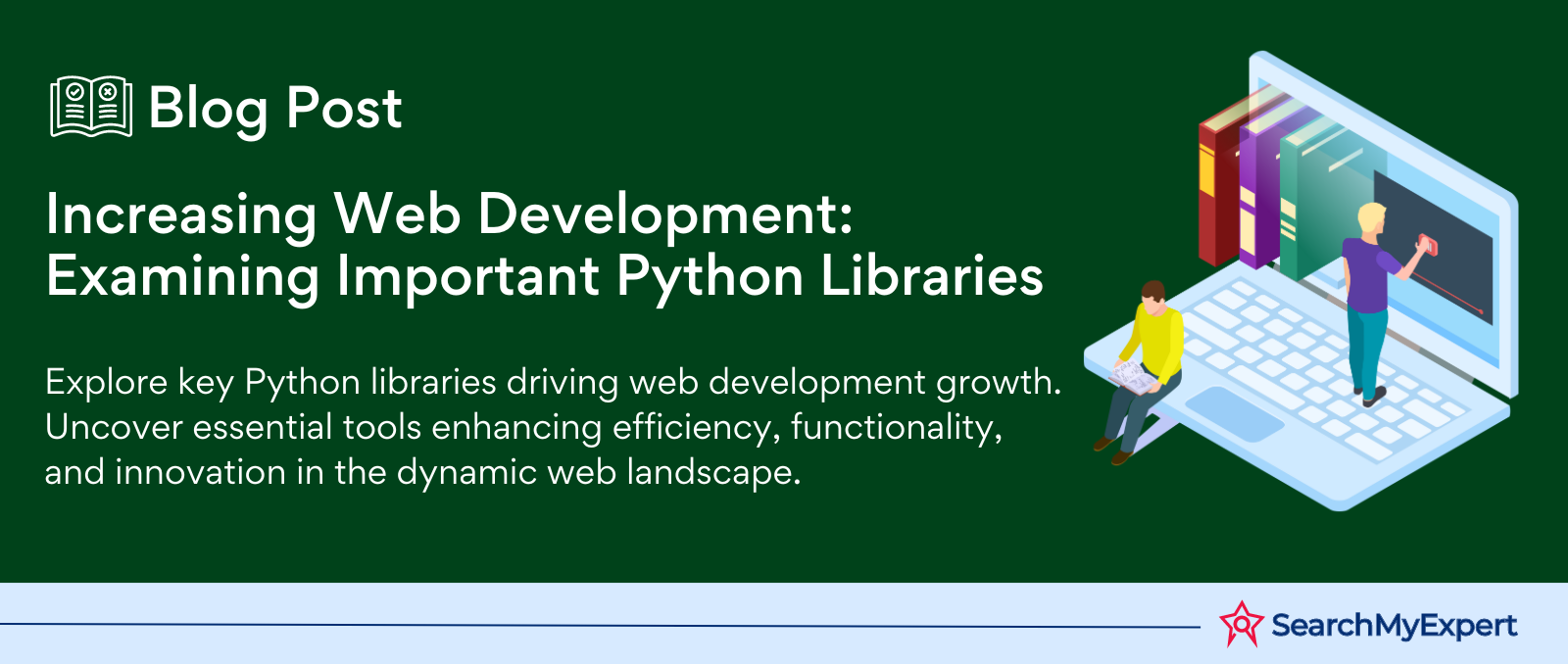
Python Libraries for Web Development Enhancements
Python: The Web Development Powerhouse
Python, a dynamic and versatile programming language, has carved a significant niche in web development. Its simplicity, coupled with powerful features, makes it a go-to choice for developers.
Libraries: Turbocharging Web Development
Libraries in Python are like Swiss Army knives – they pack multiple functionalities in one. Using these libraries, developers can enhance their web applications, making them more efficient, robust, and scalable.
Categories: A Diverse Ecosystem
Python’s library ecosystem is vast. It includes:
- Frameworks like Django and Flask, provide a structured environment for app development.
- Templating Engines such as Jinja2, enabling dynamic content generation.
- Data Handling libraries like Pandas and NumPy, are crucial for managing data.
- Asynchronous Frameworks for handling concurrent connections.
- Authentication and Authorization libraries to ensure security.
- API Creation and Management tools for seamless backend integration.
- Testing and Debugging tools for ironclad reliability.
Web Frameworks for Speed and Structure
Python Web Frameworks: The Backbone of Web Development
Python’s web frameworks are the foundation stones for building robust web applications. Let’s focus on three key players: Django, Flask, and Pyramid.
Django: The All-in-One Giant
Django, often termed as the “framework for perfectionists with deadlines,” offers a full-stack solution. It’s feature-rich, covering everything from an ORM (Object-Relational Mapping) to authentication systems. Websites like Instagram and Pinterest leverage Django for its high scalability and rapid development capabilities.
Flask: The Minimalist’s Dream
Flask, a micro-framework, is celebrated for its simplicity and flexibility. It doesn’t impose a database or other backend tools, giving developers the freedom to choose their components. Flask is perfect for small to medium-sized projects and APIs, known for its lightweight and modular design.
Pyramid: The Balanced Approach
Pyramid sits comfortably between Django and Flask. It scales well, suitable for both simple and complex applications. It allows for flexibility in choosing tools and libraries, making it a balanced choice for many developers.
Frameworks: Streamlining Development
Python frameworks streamline web development in several ways:
- Routing: Handling URL routing efficiently.
- Database Integration: Simplifying data management with built-in ORM tools.
- Security Features: Offering built-in protections against common threats like SQL injection and cross-site scripting.
- Session Management and Authentication: Making user tracking and validation seamless.
- Template Engine Integration: Facilitating dynamic HTML page generation.
Full-Stack vs. Micro-Frameworks: The Dilemma
The choice between full-stack and micro-frameworks often boils down to the project's requirements.
- Full-Stack Frameworks like Django are a one-stop-shop, offering a wide array of built-in features. They are ideal for complex, feature-rich applications.
- Micro-Frameworks like Flask provide the bare minimum, offering flexibility and simplicity. They are perfect for smaller projects or when you need more control over the components.
Python web frameworks, each with their distinct features and approaches, offer developers a range of choices to build efficient, scalable, and secure web applications.
Templating Engines for Elegant Interfaces
The Art of Separation with Templating Engines
Templating engines are the unsung heroes of web development, seamlessly bridging the gap between backend logic and frontend display. Let's explore two prominent Python templating engines: Jinja2 and Mako.
Jinja2: The Industry Standard
Jinja2 stands tall as a widely used templating engine. It's known for its Django-like syntax, speed, and extensibility. Jinja2 allows developers to create sophisticated layouts using template inheritance – a feature that reduces repetition in code.
Mako: The Flexible Powerhouse
Mako offers a bit more flexibility than Jinja2. It's known for its ability to embed arbitrary Python code within templates. This feature, while powerful, requires careful management to maintain a clear separation of concerns.
Separation of Concerns: A Key to Clean Code
The primary role of templating engines is to separate presentation logic from application logic. This separation:
- Enhances code readability and maintainability.
- Allows designers and developers to work independently.
- Facilitates easy debugging and updating of web interfaces.
Dynamic HTML: Bringing Data to Life
Templating engines shine in their ability to generate dynamic HTML content. They take Python data structures and variables and translate them into HTML elements. For example, you can use a for loop in Jinja2 to display a list of items on a web page, with each item dynamically generated based on the Python data.
This dynamic rendering capability makes it easy to create interactive, user-responsive interfaces that update in real time with backend data changes.
Data Handling Libraries for Power and Efficiency
Mastering Data with Python Libraries
In the world of web development, efficient data handling is key. Python offers powerful libraries for this purpose, with SQLAlchemy and PyMongo leading the pack.
SQLAlchemy: The ORM Expert
SQLAlchemy, a widely acclaimed ORM (Object-Relational Mapping) library, bridges the gap between relational databases and Python objects. It shines in:
- Data Representation: Representing database tables as Python classes, making data manipulation more intuitive.
- Complex Querying: Simplifying the construction of SQL queries through Python expressions.
- Database Agnosticism: Allowing seamless switching between different database engines.
PyMongo: The Gateway to MongoDB
PyMongo is the go-to library for interacting with MongoDB, a popular NoSQL database. It excels in:
- Schema-less Interaction: Perfect for projects where data structures can change over time.
- Efficient Data Handling: Facilitating fast and easy data storage and retrieval in a document-oriented fashion.
Simplification and Power: The Core Benefits
These libraries simplify data access, manipulation, and querying, making developers' lives significantly easier. With them, you can:
- Access Data Effortlessly: Connect to databases with minimal setup.
- Manipulate Data Intuitively: Perform CRUD operations using Pythonic methods.
- Query with Ease: Write complex queries without delving into raw SQL or database-specific syntax.
Ensuring Data Integrity: Validation and Serialization
Beyond just handling data, Python also offers libraries for data validation and serialization, like Marshmallow and Pydantic. These tools ensure that data is clean and in the right format before it's processed or stored, safeguarding the application against invalid or harmful data inputs.
Security Enhancements for Trustworthy Applications
The Imperative of Web Security
In today's digital age, web security is not just a feature; it's a necessity. With increasing online threats, securing web applications is paramount for trust and reliability.
Python Libraries: Fortifying Web Security
Python’s ecosystem offers robust libraries to strengthen web security, notably within frameworks like Django and Flask.
Django Security: The Fortified Framework
Django, known for its “batteries-included” approach, includes Django Security. This module provides:
- Authentication and Authorization: Robust systems for user authentication and permission settings.
- Security Middleware: Protects against common vulnerabilities like cross-site scripting (XSS) and cross-site request forgery (CSRF).
- Secure Data Management: Ensures sensitive data is handled securely.
Flask-WTF: Securing Flask Applications
For Flask, Flask-WTF offers enhanced security features:
- Form Validation: Prevents malicious data submission.
- CSRF Protection: Adds an extra layer of security against CSRF attacks.
Best Practices: Coding and Deployment
Secure coding and deployment are critical. Here are some best practices:
- Input Validation: Always validate user inputs to prevent injections.
- Use HTTPS: Encrypt data in transit with SSL/TLS.
- Regular Updates: Keep Python libraries and frameworks updated.
- Session Management: Implement secure session handling.
- Error Handling: Manage errors without exposing sensitive information.
- Security Headers: Use HTTP headers like Content Security Policy to protect against attacks.
- Testing and Auditing: Regularly test and audit the code for vulnerabilities.
Conclusion
Leveraging Python libraries like Django Security and Flask-WTF, combined with adhering to best security practices, ensures the development of trustworthy and secure web applications.
Innovate your projects with our expert
Python Development Service Company.
share this page if you liked it 😊
Other Related Blogs
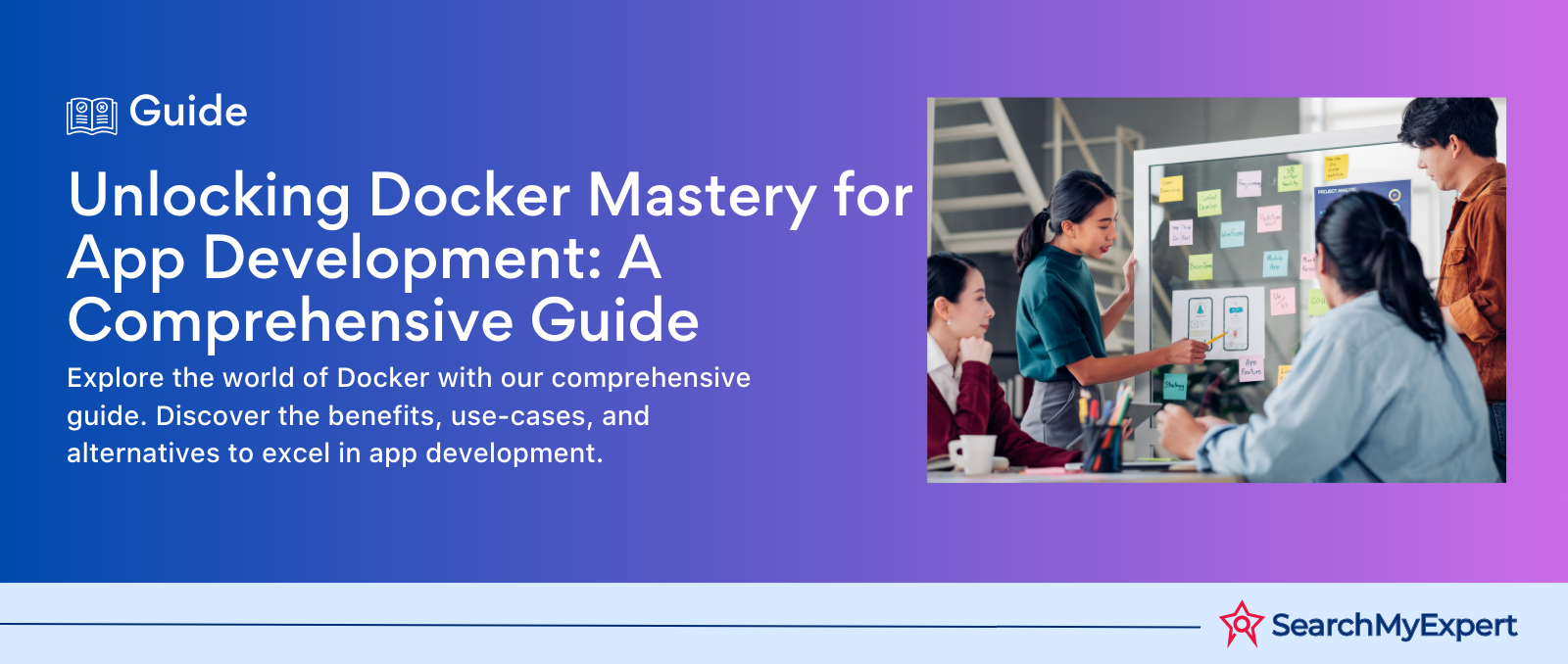
Mastering Docker for App Development: A Comprehensive Guide to Benefits, Use-Cases, and Alternatives
STAY UP TO DATE
GET PATH'S LATEST
Receive bi-weekly updates from the SME, and get a heads up on upcoming events.
Contact Us





